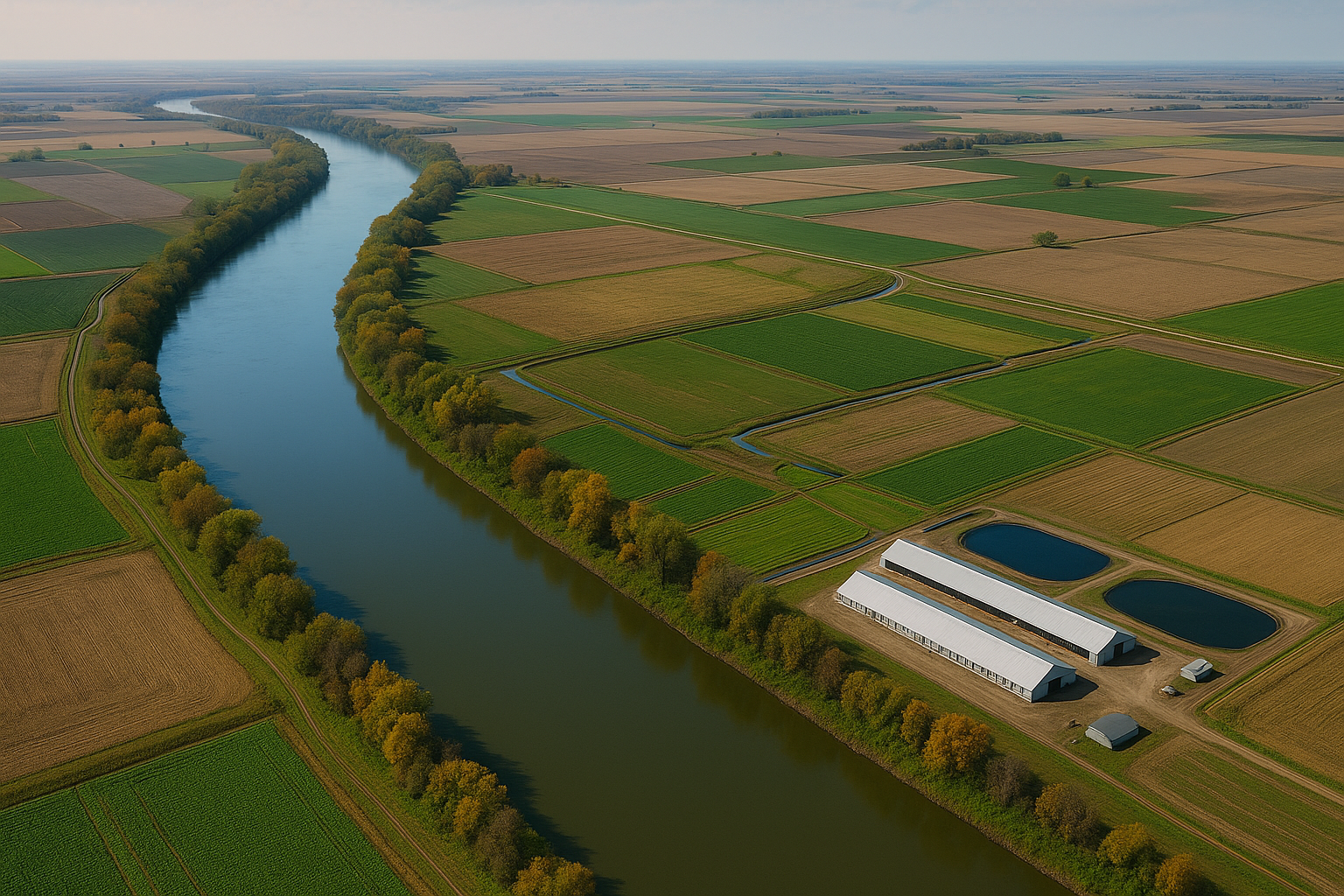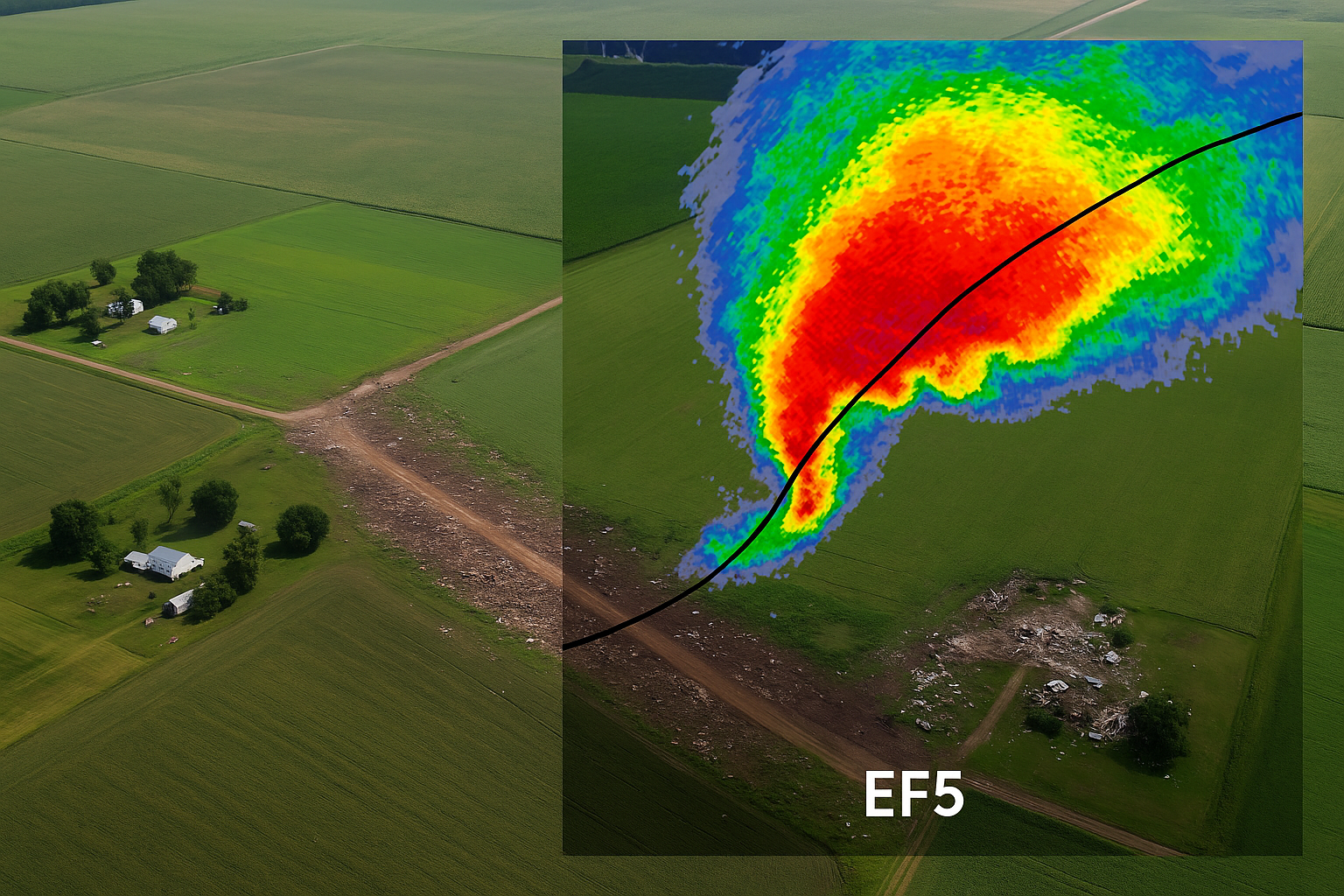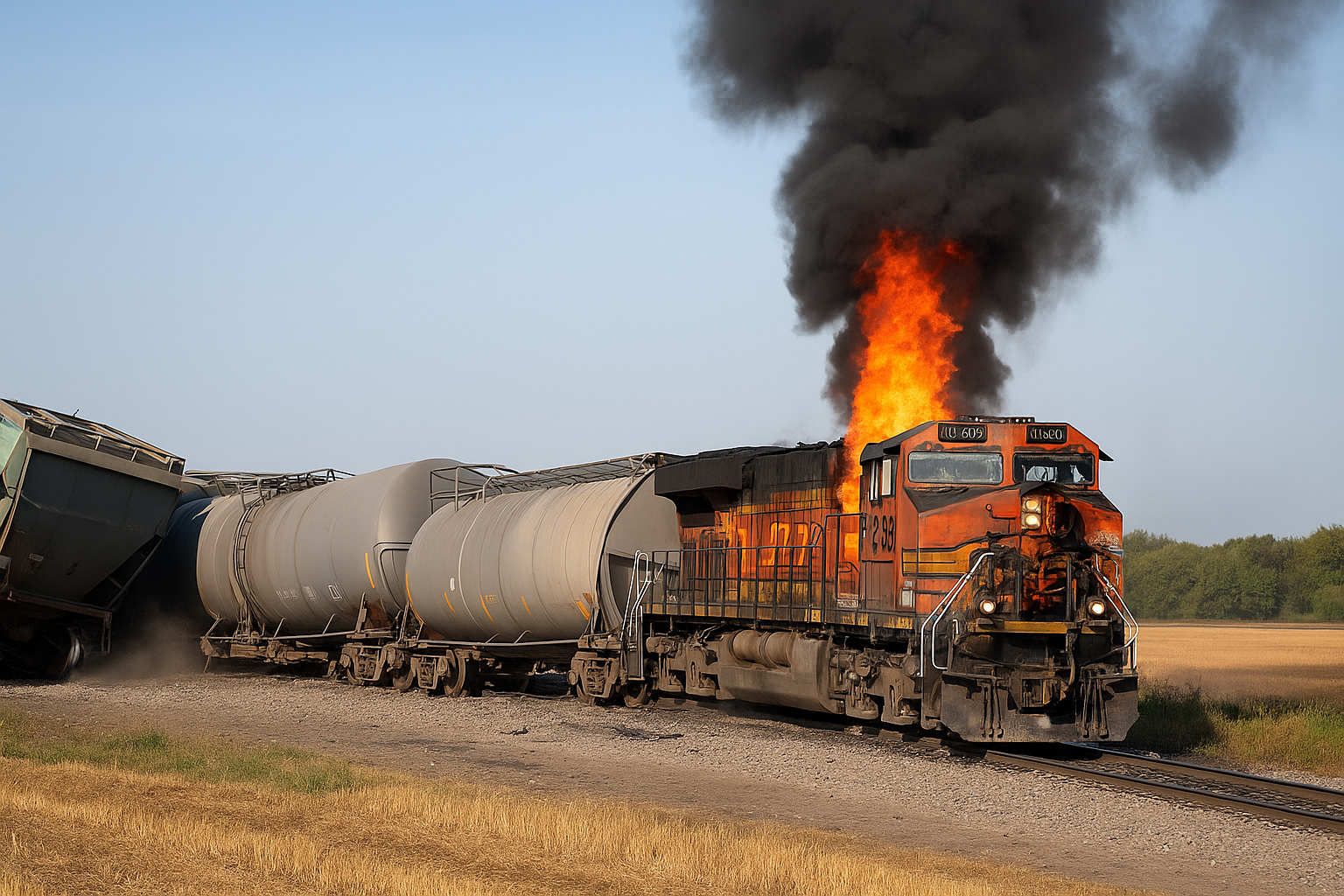An international review is underway into two proposed mega-dairy operations in eastern North Dakota — a move that has drawn attention in Bismarck as the state capital and nexus for regulatory oversight. The International Joint Commission (via its International Red River Watershed Board) is stepping in to assess permits, water quality impacts, and cross-border effects on the Red River basin.
The dairies under review: Herberg Dairy (25,000 cows in Traill County) and Abercrombie Dairy (12,500 cows in Richland County).
Both received permits from the North Dakota Department of Environmental Quality (DEQ), which monitors groundwater, runoff, and state/federal environmental rules.
Concerns about nutrient runoff (nitrogen, phosphorus) affecting the Red River and downstream Lake Winnipeg in Canada triggered the international review.
In August, a press conference in Bismarck and petition delivery to Gov. Kelly Armstrong energized local voices speaking against the projects.
The Abercrombie dairy’s final permit decision, approved in early 2025, formalized its capacity: 12,500 head, of which 10,625 are milking cows.
Bismarck is where state agencies — including DEQ and the governor’s office — are headquartered, and where decisions or appeals on permits will be addressed. The IJC’s involvement elevates this from a local agricultural issue into an international dispute, thrusting Bismarck into the center of water diplomacy between the U.S. and Canada.
Decisions here may reshape how ND regulates large livestock operations, groundwater protections, and nutrient management — all issues with local relevance in the Bismarck region. If dairy siting becomes more restrictive, agricultural investors may shift focus, influencing regional rural economies connected to Bismarck.
“Water knows no boundaries … people from North Dakota, Minnesota and Manitoba all work together to save this precious resource.”— Madeline Luke, Dakota Resource Council
“The health of Manitoba’s lakes and rivers is a top priority … we want to be sure that developments upstream don’t negatively affect Lake Winnipeg.” — Mike Moyes, Manitoba Environment & Climate Change minister
If concerns arise, the commission’s findings could be used in legal challenges or in appeals with U.S. federal agencies. Local and state officials in Bismarck will likely be called on to defend or reevaluate ND’s permitting process and possibly modify regulatory standards.
Stakeholder hearings, public transparency demands, and further activism in Bismarck might grow, especially as the IJC’s review proceeds.
For residents of Bismarck, the ongoing dairy review is more than a distant farm-policy dispute — it's a test of the state's environmental safeguards, local control, and the capital’s role as the decision-making center. As foreign and local interests converge, the spotlight now turns to Bismarck to shape how North Dakota responsibly balances agricultural growth and water protection.



